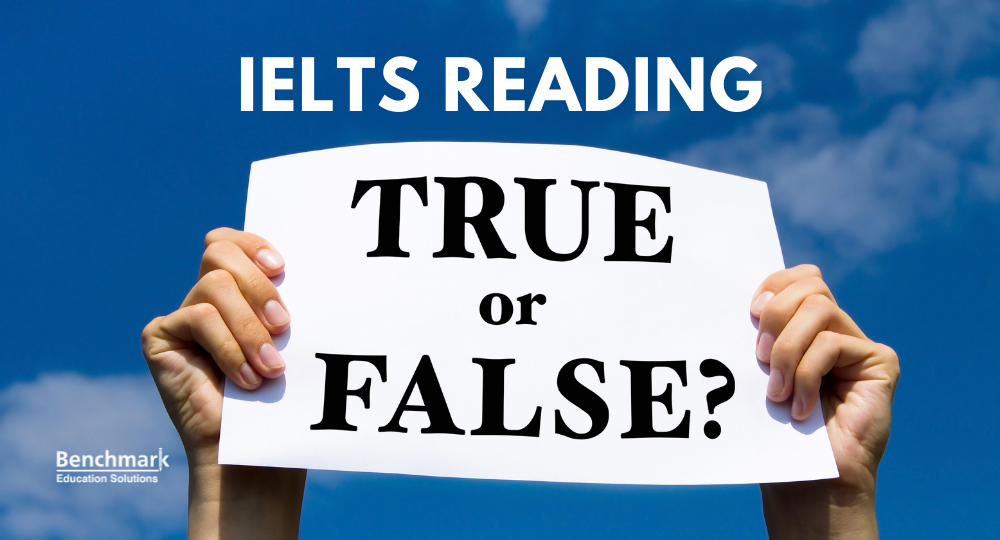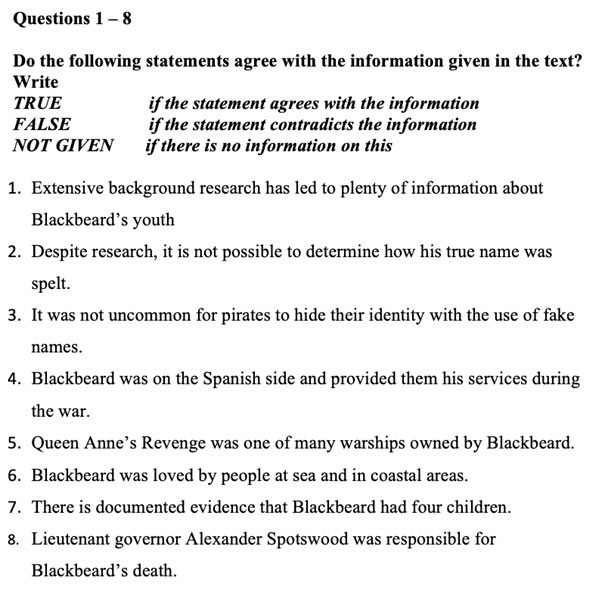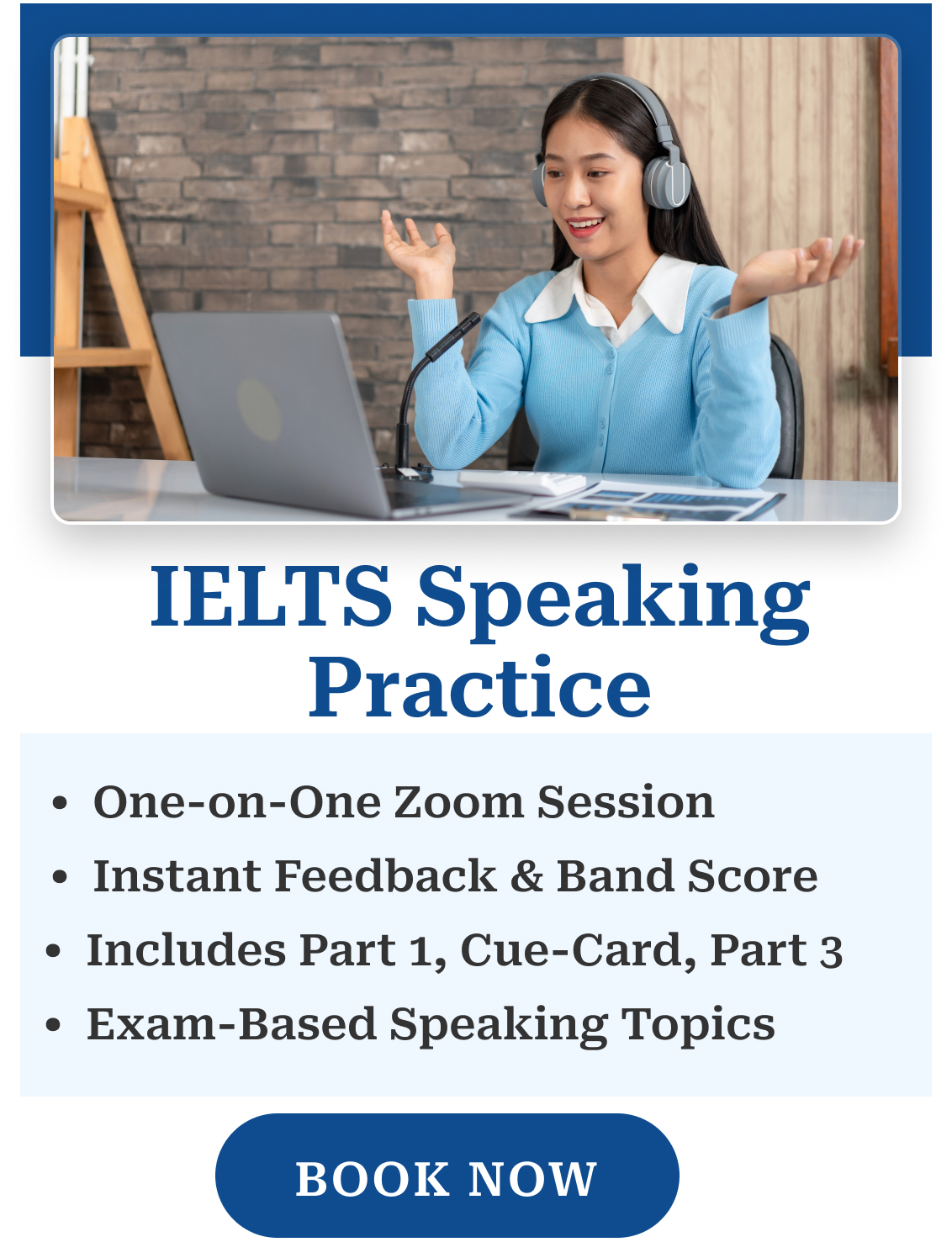
True/False/Not Given is considered to be one of the most confusing question types in IELTS reading section. Another variation of this question type is Yes/No/Not Given. Candidates often find it challenging to differentiate between False and Not Given. One more concern they have is how to locate the sentence for comparison in the text.
Table of Contents
Read below for helpful tips and tricks, as well as example questions!
1. Question Overview
The Identifying Information True/False/Not Given question type is one of fourteen (14) question types on the Reading Section of the IELTS exam.
Objective:
You must identify if information in the questions is actually expressed in the text which convey the same meaning or opposite meaning.
Skills Used:
You will need to look for specific content in the text. You will need to scan the text and understand the content.
The questions will be statements – in other words, sentences that mention information that may or may not be expressed in the text. Good news, they come in order, so it is easier to locate them within the text!
Check out our article with an overview of all the Reading question types on the IELTS exam!
2. Example of IELTS Reading Matching True/False/Not Given

3. Steps to Follow
How should you answer these questions? Follow our steps below!
3.1. Make sure you understand what the answers mean
True —> The information in the question is expressed in the text.
False —> The information in the text contradicts the question.
Not Given —> The information in the question is not expressed in the text.
3.2. Read and understand the questions:
Because you are looking for specific information, it essential that you read the True/False/NG questions carefully and understand what they mean, so that you can tell whether the meaning is mentioned in the text, is contrary to what the text is saying or is not there at all.
3.3. Paraphrase the questions:
Paraphrasing the questions means saying what they mean in different words, focusing particularly on their keywords and/or phrases.
Example: ‘The life span of a Monarch butterfly is between 2 and 6 weeks.’
In other words: ‘A Monarch butterfly can live for 2 to 6 weeks.
If you explain the questions, in other words, you make sure you understand them better, and you can see more easily whether the meaning is expressed in the text, is contradicted of is not mentioned at all.
3.4. Scan the text for information:
To scan a text means to read it quickly while looking for specific information. You don’t need to read or understand every single word, as long as you are able to identify (or not, depending on the question) specific information and details that help you answer the question.
3.5. Choose the correct answer:
After you made sure you understood the question, and you have scanned the text for specific information, you can choose whether the meaning of the statement in the question is expressed, is contradicted or is not mentioned at all.
Example 1
Example 2
Example 3
3. Tips & Tricks
1.1 Read all the questions first. Because some of the information is not given in the text and the answers come in order, you want to make sure you know what topics you are expected to look for in the text before answering the questions. This will help you make the most of your time.
1.2 When paraphrasing the statements in the questions, think of synonyms to key words and/or phrases in the statements.
Example: The life span of a Monarch butterfly is between 2 and 6 weeks.
lifespan —> live for, duration of life, time on earth
1.3 You do not need to understand all the words. If you identify specific information in the text, read around it to get the meaning and decide whether it is True or False.
1.4 Remember the questions are in order, so there is no need to jump back and forth in the text to look for the answers.
Below are example questions to put your knowledge and skills to practice!
5. Mock Test
The Story of Blackbeard
The history of piracy has been a subject of interest for centuries, and continues to intrigue researchers to this day. The story of Blackbeard comes with many gaps, especially with regards to his early life. The exactly date of birth of the notorious pirate is unknown, but it is believed that he died in his mid to late thirties. Variations to his name were found through research, and he has been identified as Edward Teach, although the spelling of his name is uncertain. Due to lack of education and employment opportunities, piracy was an option for people to take control over their destiny. Their lives may be shorter as pirates, but more prosperous, with some types of pirates taking over merchant ships. Because of those actions, it was common practice for pirates to use a pseudonym when committing acts of piracy. It is therefore very likely that his real name shall remain unknown.
When thinking of pirates, one might think of heroes of oceans and seas, chasing freedom and treasure chests. While some pirates were allured by the concept of liberty that came with piracy, such representation of pirates is romanticised and misrepresentative, as the term ‘pirates’ largely refers to any renegade or non-national entities operating on the high seas. For instance, some were ‘privateers’, hired by governments to use warships and attack enemies during battle. Others were ‘buccaneers’, who were specialised privateers often semi employed by the British to prey on Spanish vessels. And then there were pirates who operated independently. Though the first mention of Blackbeard was in 1716, it was believed that he acted as a privateer for the British during the War of the Spanish Succession (1701-17013).
In 1717, he turned a captured French merchantman into a warship. The warship was named Queen Anne’s Revenge, and is said to have been equipped with 40 guns. Blackbeard sailed the Caribbean and the Atlantic coast of North America alongside a crew of approximately 300 men. Together they were infamous for torturing crews and passengers of merchant ships, as well as stealing their cargo. Blackbeard was known for his outstanding strength, and he promoted an image of himself that would instil fear in the hearts of other sailors, wrapping slow-burning lighted coils in his long, black hair and beard. The reputation that pirates like Blackbeard built for themselves was almost as important as their actions.
Blackbeard settled in North Carolina, and bribed colonial governor Charles Eden to ignore any criminal actions. As a result, piracy became more prominent and uncontrollable in the area. In 1718, after eighteen months of terror, residents and merchant sailors from North Carolina turned to lieutenant governor of Virginia, Alexander Spotswood, for help. Hearing their plea, the lieutenant governor sent a British naval force to stop Blackbeard, led by Lieutenant Robert Maynard. Maynard came with two ships, the ‘Ranger’ and ‘Jane’, both of which were quickly fired upon by Blackbeard. When ‘Jane’ began to take damage, Maynard ordered the crew to go below deck, fooling Blackbeard into thinking they had abandoned the vessel. When Blackbeard and his men went on deck, they were surprised by Maynard’s crew. It was tough fight, but after twenty-five stabs and five gunshots, Blackbeard was finally defeated by Maynard.
Questions 1 – 8









